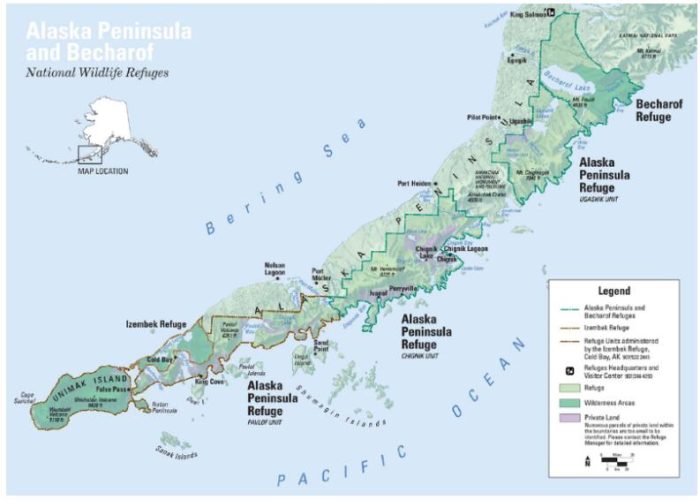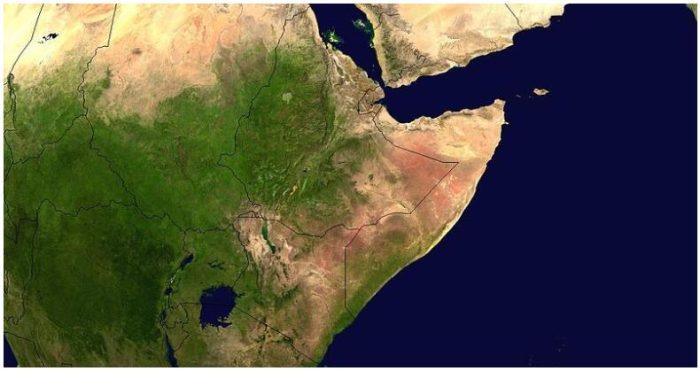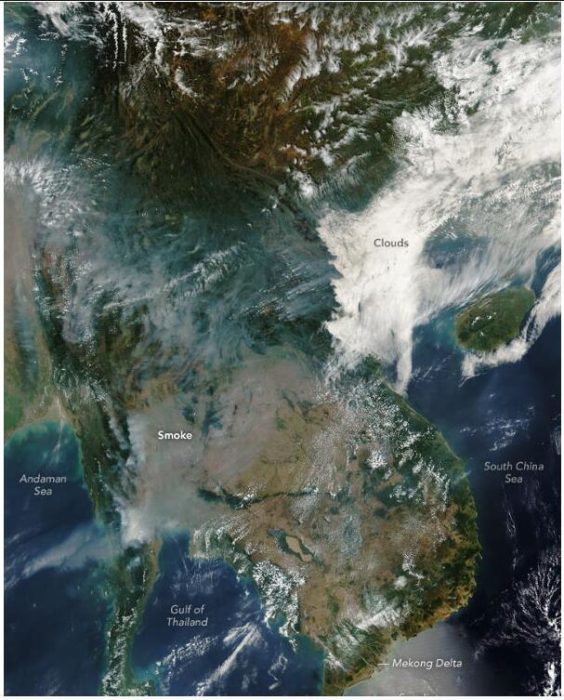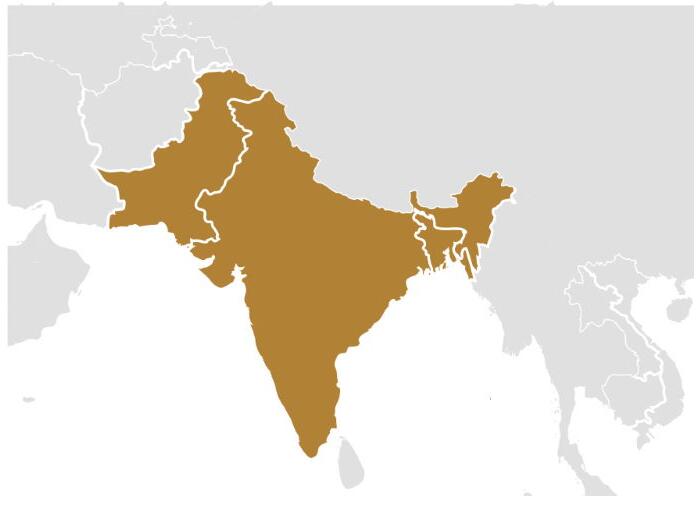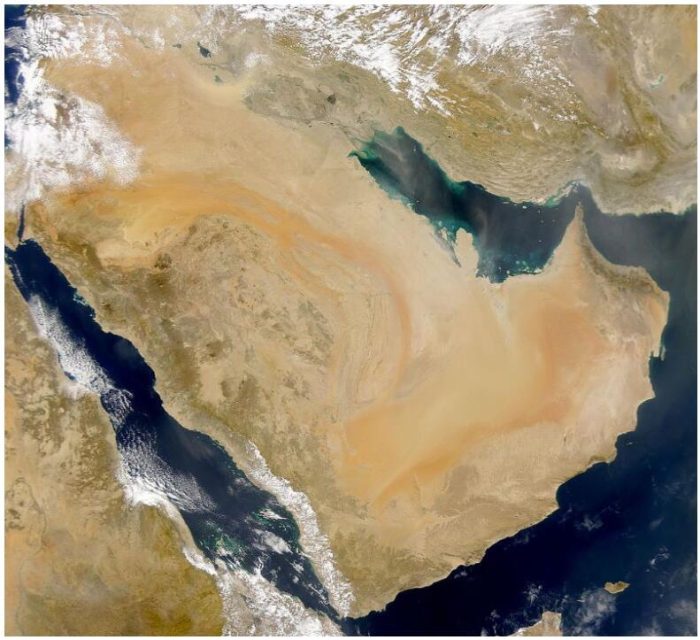A peninsula is connected to a larger land area by a narrow piece of land. So it is not an island, but it is almost completely surrounded by water. A peninsula can be in the sea, in a lake, a pond or a river. Often a peninsula consists of a protruding piece of rock in the sea, a so-called ‘cape’.
Some peninsulas are very small and hardly noticeable when you look at the world map. However, there are also enormously extensive peninsulas, of which several countries are part. Read more about the ten largest peninsulas in the world below.
- The Korean Peninsula
The states of North and South Korea share the Korean Peninsula. It is located in eastern Asia, south of China. The Korean Peninsula has a length of 1,100 kilometers and an area of 22,0836 square kilometers.
The Sea of Japan lies to the east of the peninsula, the East China Sea to the south, and the Yellow Sea to the west. It consists mainly of mountain area. The south of the Korean peninsula has a warm and humid climate, while the north has a colder and drier continental climate.
Politically, the Korean Peninsula is divided into North and South Korea. South Korea is a Western-oriented, industrialized country that plays a prominent role in the global economy. North Korea is ruled by a totalitarian, anti-Western dictatorship led by the Kim dynasty.
- The Iberian Peninsula
The Iberian Peninsula, also known as Iberia, is located in Southern Europe, south of France. The Iberian Peninsula is surrounded by the Atlantic Ocean to the west, the Bay of Biscay to the north and the Mediterranean Sea to the south and east.
Iberia includes the territory of several countries: Spain and Portugal are the largest countries, but Andorra, Gibraltar and a small piece of France are also part of it. Iberia has an area of 58,2530 square kilometers.
Most of the peninsula consists of a plateau, the Spanish plateau or meseta. The highest mountain peak in Iberia, the Mulhacén in the Sierra Nevada mountain range, reaches a height of 3,479 meters.
- The Balkan Peninsula
The Balkan Peninsula or simply Balkan is located in Southeastern Europe. To the west, south and east, the peninsula is surrounded by parts of the Mediterranean Sea. The Black Sea also borders on the eastern side.
In the north, the rivers Sava, Danube and Kupa form the border of the peninsula. The Balkans occupies an area of 666,663 square kilometers. Numerous countries are part of it: Greece, Albania, Montenegro, Bulgaria, Bosnia-Herzegovina and North Macedonia. Parts of Croatia, Serbia and Romania are also on the Balkan Peninsula.
The relief consists mainly of mountain ranges. The Rila Mountains in western Bulgaria are the highest mountains in the Balkans, with Moesala (2925 meters) as the highest peak.
- The Scandinavian Peninsula
In the north of Europe you will find the Scandinavian Peninsula, which includes the northern European countries of Norway, Sweden and part of Finland. The Scandinavian Peninsula is enclosed by the Norwegian Sea to the northwest, the North Sea to the south and the Baltic Sea and Gulf of Bothnia to the east. Its area is 749,960 square kilometers.
The northernmost point of the peninsula is the North Cape, which is also the northernmost point of the European continent. The Scandinavian Mountains run from southwest to northeast through the peninsula. The highest point of the mountain range is the summit of Galdhopiggen in Southern Norway, with an elevation of 2,469 metres.
Due to the elongated shape of the peninsula, there are several climate types. A moderate maritime climate predominates on the western side. In the south of Norway you will find a high mountain climate, while the east of the peninsula has a continental climate. In the far north there is a tundra climate.
- The Labrador Peninsula
The Labrador Peninsula is a vast peninsula in eastern Canada. Its area is 1,399,923 square kilometers. To the west is Hudson Bay, to the north is Hudson Strait, to the east is the Labrador Sea, and to the southeast is Saint Lawrence Bay. The entire Labrador Peninsula is Canadian territory.
It is striking that it itself includes a sub-peninsula: the Ungava Peninsula, located between Hudson Bay and Ungava Bay. Cape Wolstonholme is the northernmost point of the Labrador Peninsula. The area has different climate types, including a polar climate in the far north and a subarctic climate in the southern part.
- The Alaska Peninsula
The Alaska Peninsula stretches 500 miles southwest of mainland Alaska. Its area is 1,499,917 square kilometers. To the north is Bristol Bay, to the south is the Gulf of Alaska, which is part of the Pacific Ocean.
Striking are the numerous small islands that lie off the coast of the peninsula. West of the Alaska Peninsula are other islands, the Aleutian Islands. You will find several volcanoes on the peninsula. The Katmai consists of three or four smaller volcanoes, the highest peak of which reaches 2,047 meters. The climate on the Alaska Peninsula is similar to that of Iceland. The inhabitants mainly live from fishing.
- The Somali Peninsula
The Somali Peninsula is also known as the Horn of Africa. This peninsula covers 1,882,753 square kilometers and forms the easternmost part of the African mainland. At the Horn of Africa, the Red Sea flows into the Atlantic Ocean.
The peninsula includes the countries of Somalia, Eritrea, Djibouti and part of Ethiopia. The climate is warm and dry. The peninsula is the habitat of no less than 285 different reptile species. About 115 million people live in the Horn of Africa. The population is poor and lives mainly from livestock farming.
- The Peninsula of Indochina
The Indochina Peninsula is located in Southeast Asia and consists of the countries of Laos, Cambodia, Thailand, Malaysia, Vietnam and Myanmar. Its surface area is 1,938,636 square kilometers. To the west is the Bay of Bengal, to the east is the South China Sea.
The southern part has a tropical climate, while the north belongs to the subtropics. There are several railways, highways and waterways on the peninsula, which benefits trade in the region. A number of oil-gas pipelines were also built. The peninsula is home to about 300 different mammal species and more than 1,000 bird species.
- The Indian Peninsula
The second largest peninsula in the world is the Indian Peninsula, which consists of the southern and central portion of India. The Arabian Sea lies to the west of it, the Bay of Bengal borders the east coast of the peninsula. The Indian Peninsula covers no less than 2,071,887 square kilometers.
The largest part consists of the highland of Dekan. The mountain ranges of the Western and Eastern Ghats run parallel to, respectively. the west and east coast. The Indian peninsula is home to several endangered species, including the crested serpent eagle and the Bengal tiger.
Because the peninsula is so huge, there are different climate types, including a steppe climate and a tropical savanna and monsoon climate. Agriculture on the Indian peninsula focuses on cotton cultivation and the cultivation of sugar cane and rice.
- The Arabian Peninsula
With an area of 3,237,323 square kilometers, the Arabian Peninsula tops the list of the largest peninsulas in the world. The Arabian Peninsula, or Arabia for short, is located in Southwest Asia, south of Jordan and Iraq. It is surrounded by the Persian Gulf and the Gulf of Oman to the east, the Red Sea and the Gulf of Aden to the west, and the Arabian Sea to the south. On the Arabian Peninsula are the countries of Saudi Arabia, Oman, Kuwait, Yemen, Qatar and the United Arab Emirates. Parts of Jordan and Iraq also belong to Arabia.
The vast majority of the peninsula is desert. Mountain ranges are mainly found in western Arabia. The Jabal an Nabi Shu’ayb, the highest mountain, reaches a height of 3666 meters and is located in the territory of Yemen. There is hardly any agriculture on this hot and dry peninsula. Animal husbandry is limited to herding goats, sheep and camels. However, the Arabian Peninsula has huge oil and gas reserves, and therefore plays a prominent role in the world economy.
